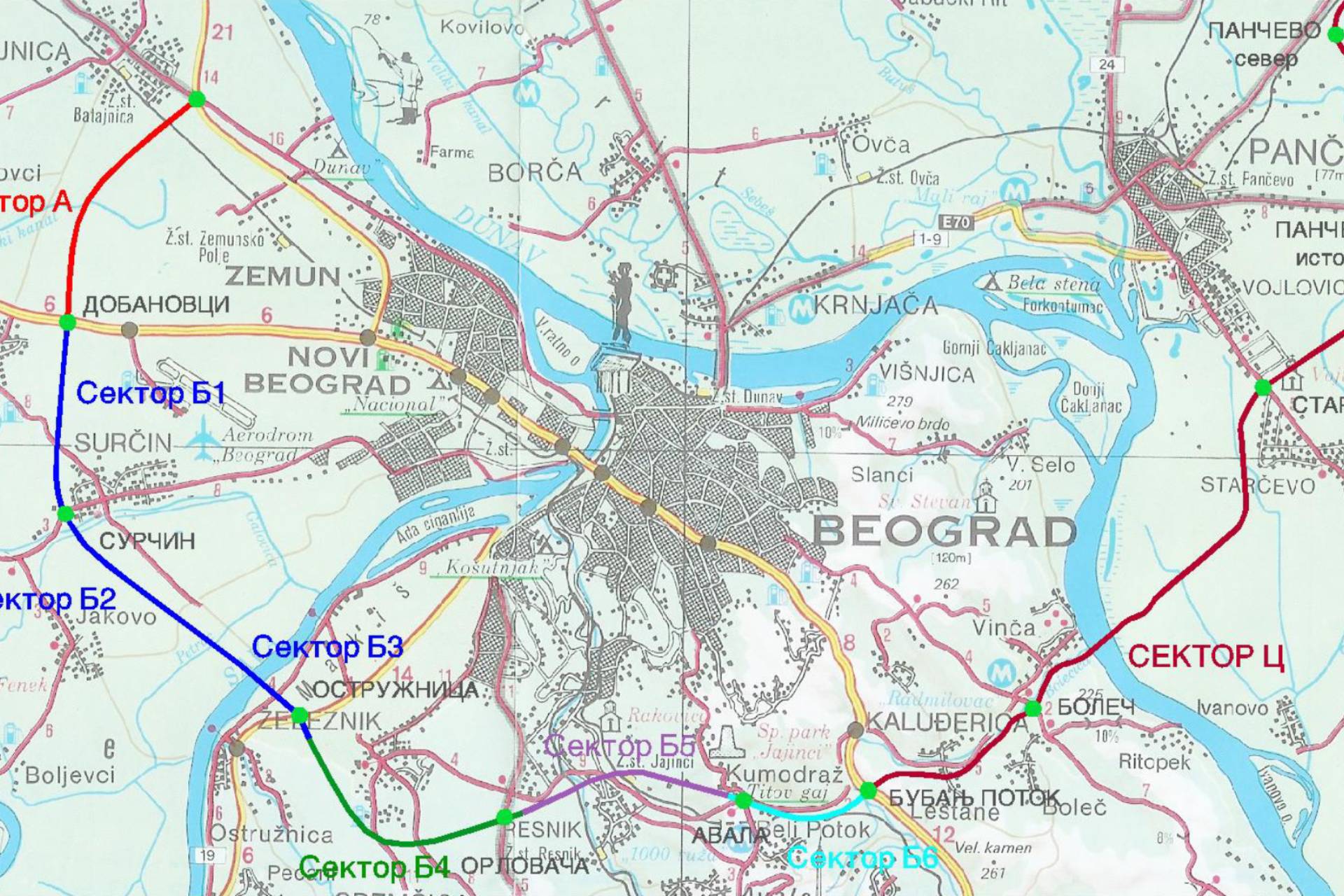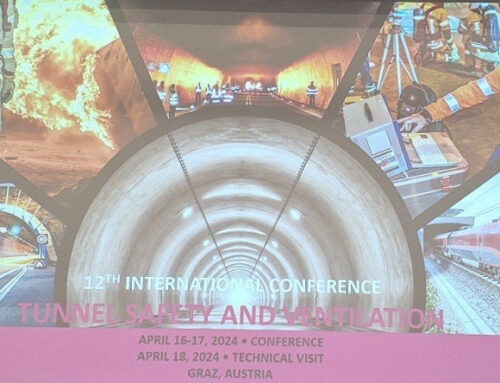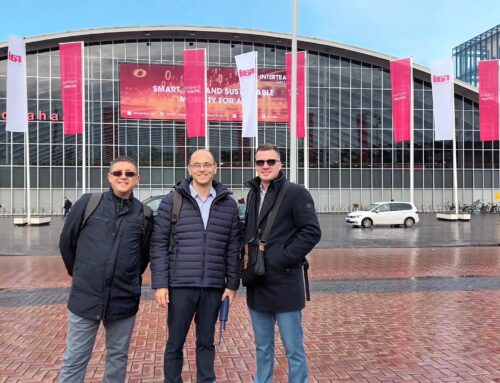The continuation of the construction of the bypass around Belgrade, from Bubanj Potok to Pančevo section (Sector C) is of great importance for the city of Belgrade and the Republic of Serbia, because the traffic flows from the north-eastern part of the region, which currently for the most part pass through the City of Belgrade, will be displaced outside the central city core, including the critical transport of hazardous materials by road and railway infrastructure.
The highway along the Sector C, Bubanj Potok – Vinča – Pančevo section, has a total length of about 31 km. It was designed for design speed of 120 km/h with 2 carriageways (with two traffic lanes each, emergency lanes and edge lanes) and green median. Along the route, 4 grade-separated interchanges and 2 tunnels (Bubanj Potok and Leštane) and 35 structures will be designed.
The Beli potok – Vinča – Pančevo bypass railway line, 28.8 km long, is planned as a single-track railway line for a design speed of 120 km/h, electrified and equipped with modern signaling and interlocking and telecommunication equipment. Along the railway route 2 tunnels – Bubanj Potok and Leštane are planned with associated evacuation tunnels, 14 other structures and 3 railway stations (Boleč, Pančevo Teretna and Pančevo Hipodrom).
The road-railway bridge over the Danube River near Vinča represents a key point on the bypass. The length of the bridge for the operation of the railway system is 1798 m, which will be the longest railway bridge over the Danube.
Saobraćajni institut CIP d.o.o. prepared all studies and planning documentation for Sector C, and established the concept of the Belgrade Railway Junction, which represents the documentation basis for the preparation of all phases of technical documentation.




